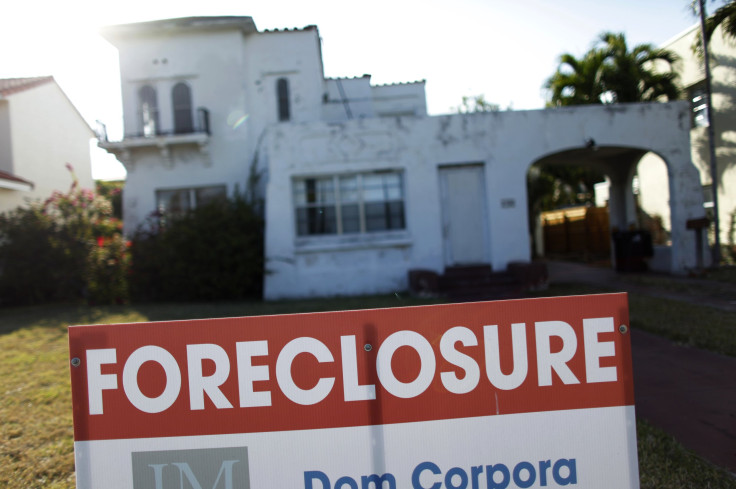
Generations of Latino immigrants have looked at home ownership as the ultimate benchmark of achievement. Even in the wake of the 2000s housing crash, which dispossessed Latinos through foreclosure more than any other ethnic group, home ownership persists as a vision of success. The result is a repeat of pre-crash conditions, in which millions who can’t afford to buy a home are really, really want to. Despite home ownership hitting a 22-year low nationwide, Nearly 4 million Latinos -- native and foreign-born -- say that they’d like to buy a home. Yet only 1.5 million can afford it, a 2.5 million dollar gap, according to a new report by the The Demand Institute, in association with the Neilson Institute.
“Hispanics were hit especially hard by the financial crisis and housing crash, and the outlook for home ownership is uncertain,” Louise Keely, president of The Demand Institute said in a statement. “The home ownership rate among Hispanic households now stands at 44 percent and continues to decline; stagnant incomes, tight lending standards and high housing costs are holding back Hispanic home ownership.”
Before the housing crash began in the mid-2000s, Latinos invested on average around 65 percent of their net assets into housing, according to a Pew study. When the crash hit and the housing bubble burst, the Latino community was disproportionately drained of it’s wealth. Millions lost money, and almost one-third of Latino home owners now say that they owe more money on their home than it’s worth. The rate of foreclosure on Latinos between 2004 and 2008 was 11.9 percent, double that of whites and significantly higher than other minority groups, according to the Center for Responsible Lending.
The Demand Institute report, entitled “Hispanics & Home Ownership: Closing the Gap” appears to view homeownership as a good thing almost in an axiomatic way. It implies that measures are needed to get Latino ownership back on track, up from the current rate of 44 percent, towards the peak 2007 peak of 50 percent.
“Hispanics are one of the fastest-growing demographics, and their prospects for home ownership in a lot of ways reflect the prospects for the entire country,” Keely said, in the statement.
Remember That Housing Crash?
Remember that 11.9 percent foreclosure rate? Critics say that homeownership isn’t profitable as an investment, and that it can set consumers up for a serious loss of assets. Remember the housing crash and ensuing foreclosures that reigned in the late-2000s? Here’s Barbara Kiviat, of Time, writing about the origins of the crash in a 2010 article.
“For the better part of a century, politics, industry and culture aligned to create a fetish of the idea of buying a house. Homeownership has done plenty of good over the decades; it has provided stability to tens of millions of families and anchored a labor-intensive sector of the economy. Yet by idealizing the act of buying a home, we have ignored the downsides,” she wrote.
Nowhere has that component of the American Dream done more damage than in minority communities. As Susan Schmidt and Maurice Tamman observed in a 2009 WSJ article, red-lining prevented many minority families from owning homes until one or two generations ago. In the past 30 years or so, however, that trend flipped. Thanks to pent-up demand, heavy federal subsidies, low lending standards and a push from political leaders, homeownership exploded among Latinos in the 1990s and 2000s.
"We saw what we refer to in the advocacy community as reverse red-lining," Aracely Panameno, director of Latino affairs for the Center for Responsible Lending, told the WSJ in 2009. "Lenders were seeking out those borrowers and charging them through the roof," she said.
Despite the red-lining and reverse-redlining, Latinos are still pursuing the the American Dream, and the stability described by Kiviat. In cities like San Francisco, that pursuit is driving Latino communities out of increasingly expensive areas like the Mission District, and into the suburbs, where housing is less expensive and homeownership is viable even for working-class families.
“Hispanic households are still most likely to be family households,” said Jeremy Burbank, who is a vice president at The Demand Institute. “Hispanics are moving to the suburbs for more space, better schools and more affordable housing – they’re looking for places to raise their families.”
© 2025 Latin Times. All rights reserved. Do not reproduce without permission.




